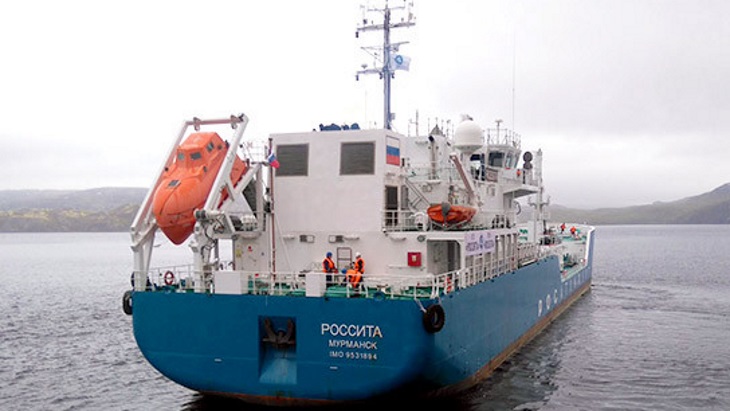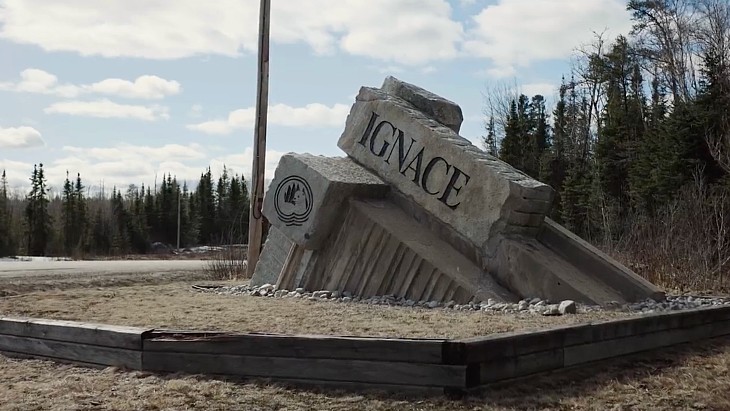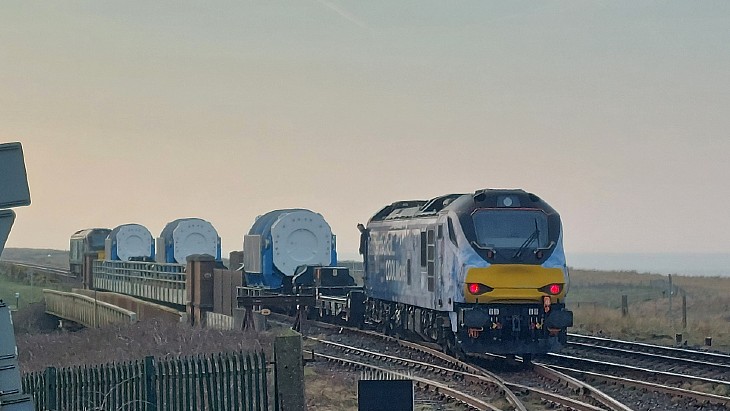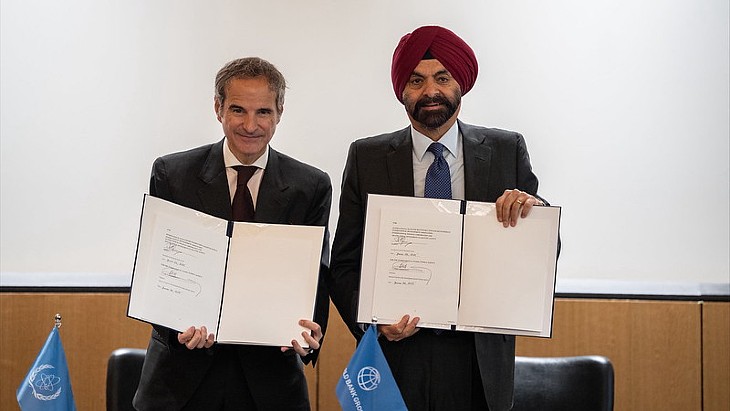EBRD announces breakthrough in clean-up of Andreeva Bay

The project is part of the EBRD-managed NDEP Nuclear Window funding programme to overcome the legacy of the former Soviet Northern Fleet. The fund is financed by contributions from Belgium, Canada, Denmark, the European Union, Finland, France, Germany, The Netherlands, Norway and the UK.
Simon Evans, EBRD associate director for nuclear safety, said: "This is a major step towards making Andreeva Bay environmentally safe and secure and testimony to what can be achieved through international cooperation. This successful operation follows other milestones, like the recent first shipment of spent nuclear fuel from the former service ship Lepse."
The used fuel will be transported to Atomflot, located near Murmansk in the north west of Russia, for onward transportation, safe storage and reprocessing at the Mayak nuclear facility in the Urals.
The Andreeva Bay coastal base was built in the 1960s to service nuclear submarines. Following an accident in Building 5 in 1982, water leakage from one of the pools for used fuel caused widespread contamination. In 1988-89, the majority of fuel from Building 5 was transferred to the three dry storage unit tanks at the site and the building was abandoned. However, a "significant volume" of radionuclides remained in the sludge at the bottom of the pools, the EBRD said, and six used fuel assemblies remained at the bottom of one of the pools in Building 5.
_17992.jpg)
_75800.jpg)







..._58412.jpg)

